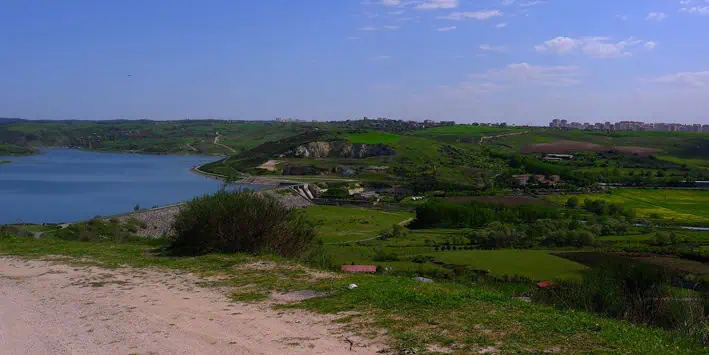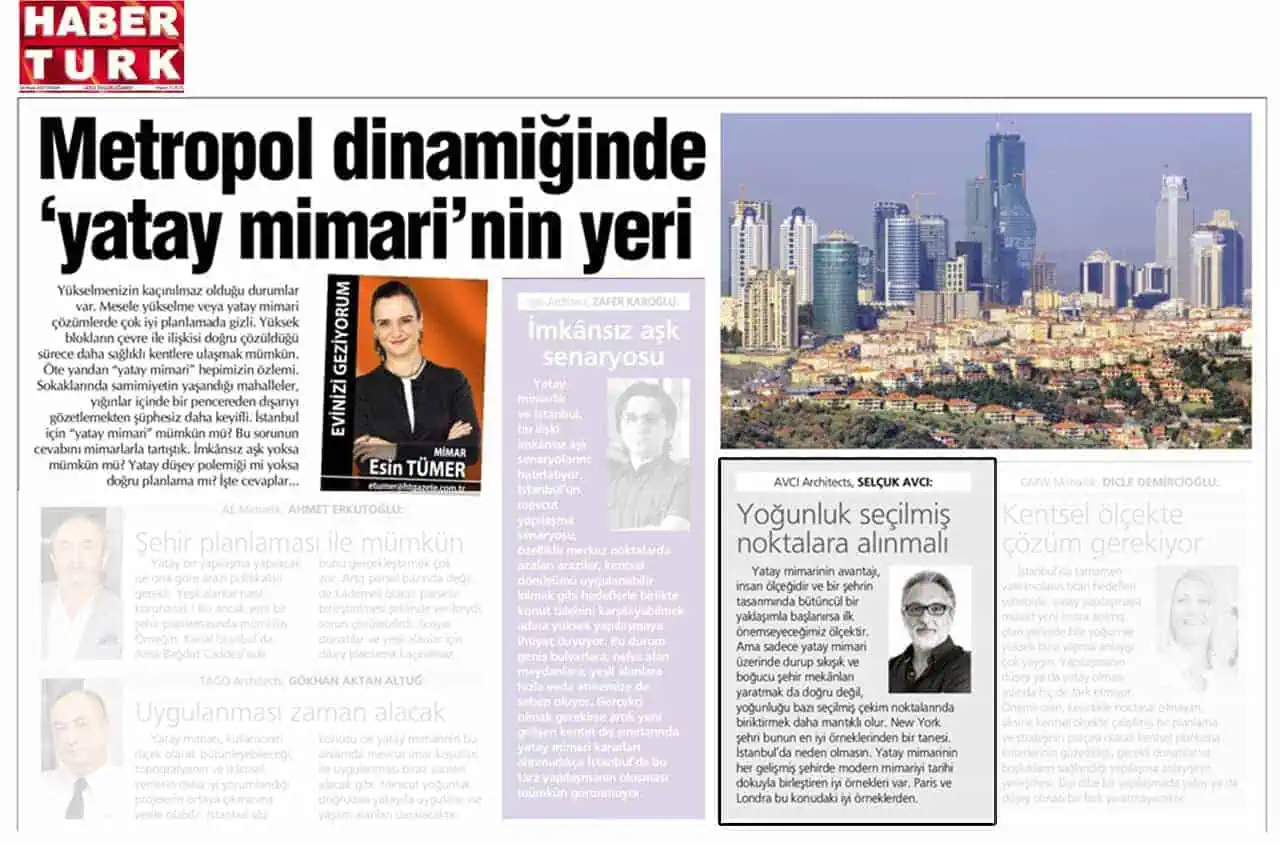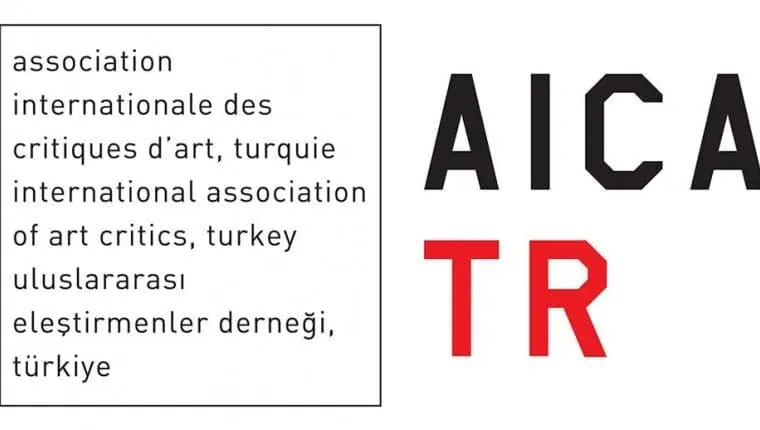Interview with Selçuk Avcı in the Architectural Review
Turkey is a ‘European’ country rare among its peers in having a booming construction industry. It has shed the late 19th-century accolade of being the ‘Sick Man of Europe’. The rate at which huge chunks of city are being developed is scary, not only because there is a sense of ‘where is all the money coming from and who will ultimately buy it all?’, but also, ‘are we taking enough time to think this through?’
Istanbul is one of those rare cities, with a silhouette not unlike New York, Paris or Florence, made indelibly memorable by its skyline of beautiful mosques and minarets that still decorate its hills today. But you only have to look a little further beyond the Byzantine/Ottoman old city and you immediately encounter the marching of skyscraping stumps with no distinctive shape or form; just large lumps of dumb concrete and curtain walling.
I look from my window over the Bosporus every morning to regret this loss, and am frustrated that this will never be erased, even by the huge earthquake − God forbid − that everyone is fearfully expecting to hit. New buildings are constrained by such stringent earthquake building regulations that very few architects dare experiment with form.
I lament every day that architects are cutting each other’s throats with fees so low they have no budget for the time required to design reasonable buildings, let alone time to persuade their clients about cost benefit or aesthetics and who are therefore themselves to blame for this rapid loss. This is keeping out international competition, which benefits no one. Look at London’s skyline, which despite its relative wealth, is now endowed with some very beautiful tall buildings.
To add salt to the wound we are endowed with an extremely successful government, which rules almost all the metropolitan areas both centrally and locally and is eager to continue to build at as rapid a rate as possible to maximise this precious seam of economic growth.
Turkey is, in short, being destroyed street by street, at such a rate that I really truly wish we did not have this economic boom right now, when our system of local government, its civil service, and its operators are simply not sufficiently trained to cope with this rate of rapid change. To add more salt to the wound, we don’t see the damage that we architects are doing to ourselves and our cities by undercutting each other.
This is indeed a paradox in a growth economy where you would expect to see fees rising. Investor clients, beyond the rare few, do not understand this paradox and don’t mind making even bigger profits from developments where they could easily pay more for a better service from our competent, just time and budget poor, architects.
Turkey has great architects, many as worldly wise and capable as any competing on a global scale, some winning awards. But they look no further than the boundaries that are drawn for them by equally great contractors, who take them on design and build escapades beyond the borders of their own country, where they are able to do their better work.
The earthquake laws have brought another opportunity: a string of urban regeneration schemes that will enable swathes of the city to be rebuilt. The regeneration law that was passed through parliament late last year, allowing developers to gather a minimum of 70 per cent of local residents’ signatures to get carte blanche to demolish and rebuild whole neighbourhoods of the metropolitan areas, is the great opportunity that the country was waiting for.
But this opportunity will dwindle away faster than you can say tomorrow, when more concrete stumps will be dotted along the skyline. UK architects and urban designers should take note: despite the ridiculous fees, this is an opportunity that they will never find elsewhere, especially in their own country, to create on a scale that is unimaginable. I am calling to all of you everywhere to come and contribute to this great boom.
Photo credit © Tolgahan Akbulut































































































































































































































